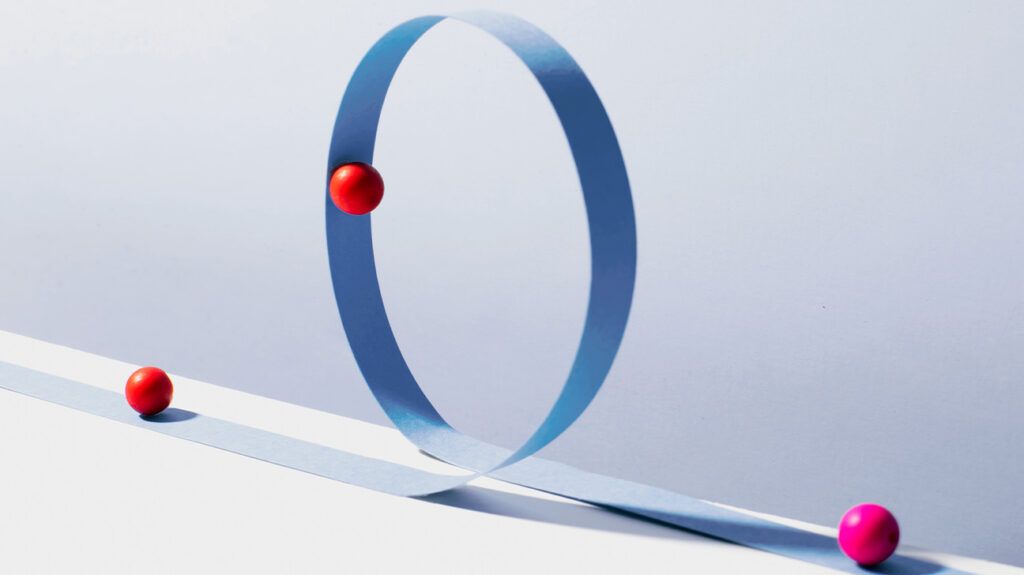Attention deficit hyperactivity disorder (ADHD) and sensory processing disorder (SPD) share similarities, but they aren’t the same diagnosis.

Everyone can feel overstimulated at times, especially if you’re in the midst of chaos or you’ve been feeling stressed in other areas of life.
When you live with ADHD or SPD, however, how your brain processes sensory input may make you extra sensitive to certain sensations.
SPD is a brain disorder that affects how you process sensory input.
Sensory input comes primarily from the world around you. The things you see, smell, hear, taste, and feel are all a part of sensory processing.
In SPD, you may have heightened sensitivity to certain sensory inputs, but it’s possible to experience the opposite effect. For some people, SPD means having diminished sensitivity.
SPD can affect one sensory system in the body — or multiple. You may experience SPD related to any of the eight sensory systems in your body, which are:
- visual
- tactile
- auditory
- smell (olfactory)
- spatial orientation (vestibular)
- taste (gustatory)
- internal sensors like hunger or thirst (interoception)
- muscle and joint movement (proprioception)
Types of sensory processing disorder
Several types of SPD exist, and within those types are as many as 13 SPD subtypes. The three types of SPD include:
- Sensory modulation disorder
- Over-responsivity sensory modulation, heightened sensitivity to sensory stimuli
- Under-responsivity sensory modulation, reduced sensitivity to sensory stimuli
- Sensory craving, an intense desire for sensory stimulation tending to end in disorganized sensory input and unsatisfied sensory craving
- Sensory-based motor disorder
- Postural disorder, altered perception of body position and underdeveloped movement patterns
- Dyspraxia, challenges related to planning and executing movements
- Sensory discrimination disorder (a difficulty interpreting characteristics or subtle qualities related to one or more of the eight sensory systems)
ADHD and SPD can have similar sensory processing symptoms.
In 2010, a
What’s more, the review noted ADHD co-occurring with oppositional defiant disorder and anxiety was a predictor of more severe sensory processing challenges.
Both ADHD and SPD
They may also share characteristics that appear the same but have different underlying mechanisms.
“ADHD and sensory differences can sometimes look alike,” says Sharon Kaye-O’Connor, a licensed clinical social worker and psychotherapist specializing in ADHD from Manhattan, New York.
“For example, someone with a need for constant movement might be [experiencing] ADHD, or they may fit the sensory seeking profile of someone with SPD.”
Signs of overstimulation
Overstimulation can present as something different for everyone. Some overt signs could include:
- visible discomfort to textures or clothing tags (tactile)
- covering ears (auditory)
- shading eyes, perhaps indoors, under fluorescent lighting (visual)
- anxiety driving (vestibular)
- irritation or agitation navigating crowded settings (vestibular)
Other signs might not be so easily recognizable:
Tantrums or emotional outbursts
Kaye-O’Connor notes both children and adults may experience episodes of increased emotionality. This can present as anything from tears to anger.
Withdrawal
“You may feel a need to withdraw from the environment or shut down to reduce overwhelm,” she says.
Kaye-O’Connor explains that “sensory processing disorder is different from ADHD because SPD is essentially having the trait of sensory differences by itself, while ADHD consists of a more complex constellation of traits.”
In the brain
In the brain, there are notable differences between ADHD and SPD.
An imaging study from 2016 showed reduced white matter in the brain is associated with SPD. White matter uses electrical impulses to transmit communication between parts of the brain.
When you live with SPD, regions of your brain may not be receiving information correctly or efficiently, resulting in sensory processing challenges.
In ADHD, imaging
Evidence from 2019 also suggests that brain chemicals (neurotransmitters) dopamine and norepinephrine play a significant role in ADHD. In contrast, the neurophysiological roots of SPD
Overstimulation
In SPD, overstimulation is exactly that — too much of a sensory input. It can be a source of great anxiety.
In ADHD, what appears as overstimulation may sometimes be an anxiety disorder.
“Many neurodivergent folks are actually diagnosed with anxiety disorders before their neurodivergence
is identified because anxiety and sensory overwhelm can appear so similar,” says Kaye-O’Connor.
“Sensory overwhelm can also lead to anxiety or the feeling of panic.”
As many as 50% of adults living with ADHD also live with an anxiety disorder, according to the Anxiety & Depression Association of America.
Treatments
ADHD can often be successfully managed through medication and behavioral therapy aimed at improving executive function skills.
There’s currently no medication that’s recommended for SPD. Treatment focuses on lifestyle changes and therapeutic approaches aimed at retraining the senses.
Sensory seeking in ADHD
Preprint research, meaning it has not been peer-reviewed or published, suggests sensory deficits in ADHD may come from being easily distracted by irrelevant stimuli while also experiencing impairment toward relevant sensory details.
You may be seeking a certain sensory experience, for example, only to find your attention on something else and that sensory experience is never satisfied.
In SPD, on the other hand, you may receive the sensory input you’re looking for only to have it not process correctly in your brain, leaving you wanting more.
ADHD and SPD can have very similar symptoms, both featuring traits related to sensory processing challenges.
In some cases, behaviors seen in ADHD mimic those of SPD but happen for different reasons. Constant movement, for example, may be a trait of hyperactivity in ADHD and a trait related to proprioception in SPD.
It is possible to live with both ADHD and SPD.
Talking with a mental health professional can help you learn which condition may align the most with your symptoms. Having this information can help in creating a treatment plan that best addresses your needs.
